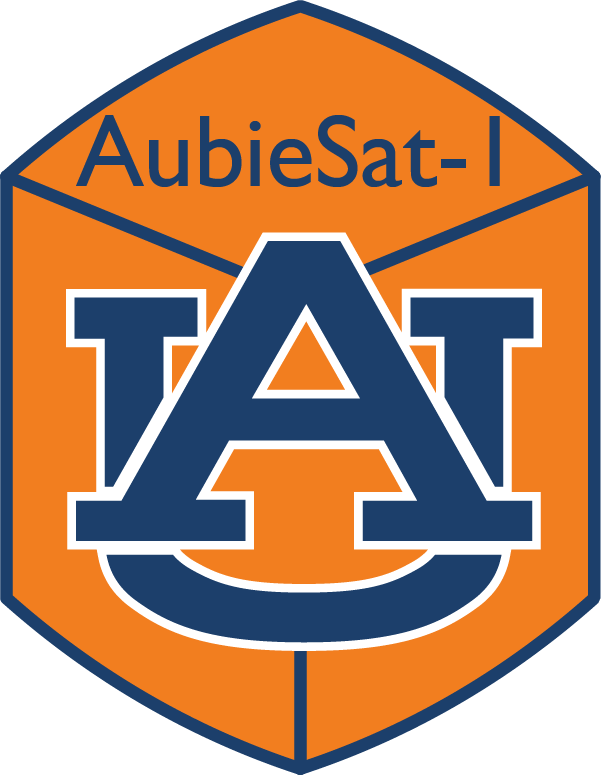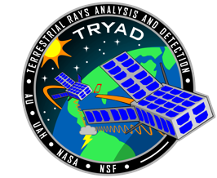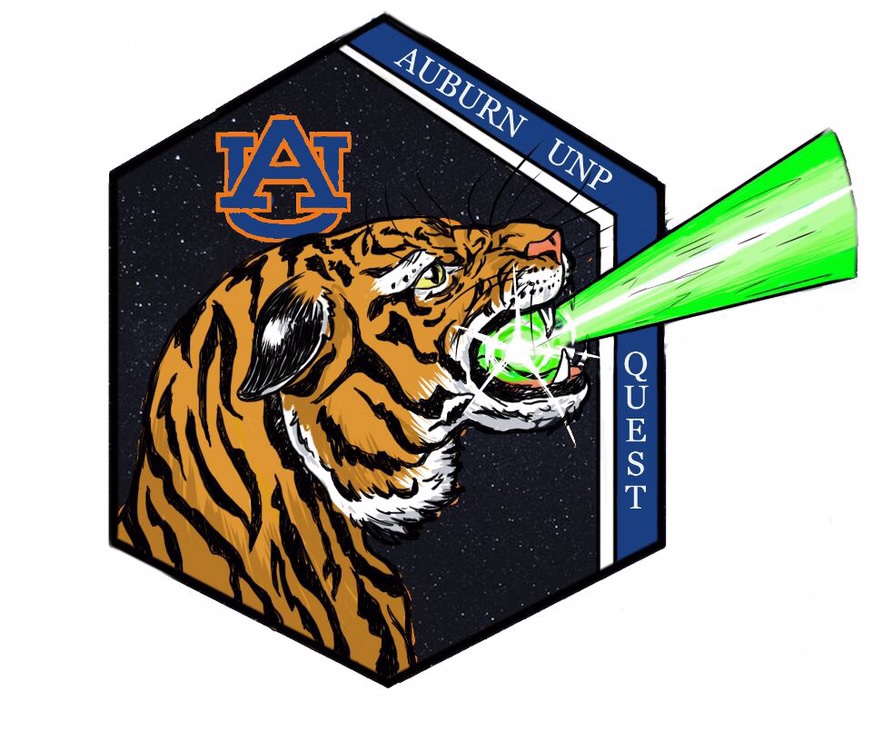
About AUSSP
The Auburn University Small Satellite Program (AUSSP) is both a space science and technology research program and a workforce development program. Our students receive a cradle-to-grave design, build, test, and operation experience with CubeSats.
AUSSP began in 2001 under the guidance of Dr. JM Wersinger (Physics). Dr. Wersinger guided the program through its first CubeSat mission, AubieSat-1, which launched in 2011. As an emeritus professor in the Auburn Physics Department, Dr. Wersinger still interacts with students on occasion, however, Dr. Michael Fogle (Physics) and Dr. Mark Adams (Electrical and Computer Engineering) now serve as the primary mentoring faculty of the program.
The program typically has about 30-40 undergraduate students, from all STEM disciplines and backgrounds and some disciplines outside of STEM, involved in the program. We are always looking to recruit interested students.
If you want more information or would like to work with us please email AUSSP.SPACE@GMAIL.com OR Scan the QR Code Below

Missions

AUBIESAT-1
1U CubeSat
Funding: Alabama Space Grant
Status: Launched October 2011 – End-of-Mission October 2012
TRYAD
Two 6U CubeSats
Funding: NSF
Science: Terrestrial Gamma-Ray Flashes
TRYAD (Terrestrial RaYs Analysis and Detection) will fly two 6U CubeSats over high altitude thunderstorms to detect terrestrial gamma-ray flashes (TGFs) which are released when lightning occurs in these powerful systems. The separation distance between the satellites will vary over time, allowing the beam width of the TGFs to be calculated. From the beam width, the mechanism by which these TGFs are created can be determined.


QUEST
12U CubeSat
Funding: Air Force Research Laboratory, UNP
Technology: Quantum Key Distribution
QUEST (Quantum Encryption Satellite Testbed) will fly a 12U CubeSat equipped with four polarized infrared lasers. It will send a series of photon pulses over the four polarization states to the ground station to encode a key. Based on the error rate of the received photon pulses the mission will inform the design of a future Quantum Key Distribution system. For more background information please refer to https://en.wikipedia.org/wiki/BB84.
ASTRA-HyRAX
3U CubeSat
Technology: HyRAX
ASTRA-HyRAX (Auburn Satellite Testbed for Research Activities – HyRAX) will fly a 3U CubeSat with a small X-Band Phased Array. The Phased Array will be capable of determining the direction of an incident signal without prior knowledge of it by measuring the phase shift across the four elements of the phased array. It will then relay this information to the ground station via a high-speed downlink. This can be used for tracking fast-moving targets.

ASTRA-ETHEREA
3U CubeSat
Funding: Internal Mission
Technology: Electromagentic Tether

The ASTRA-ETHEREA mission shall be fully designed and operated by Auburn students. The
mission’s aim is to build a 3U CubeSat in order to precisely calculate the increased speed of de-
orbit compared to nominal from an electromagnetic tether. The mission seeks to advance the
understanding of tether technology for CubeSats while finding an effective way to reliably
deorbit.